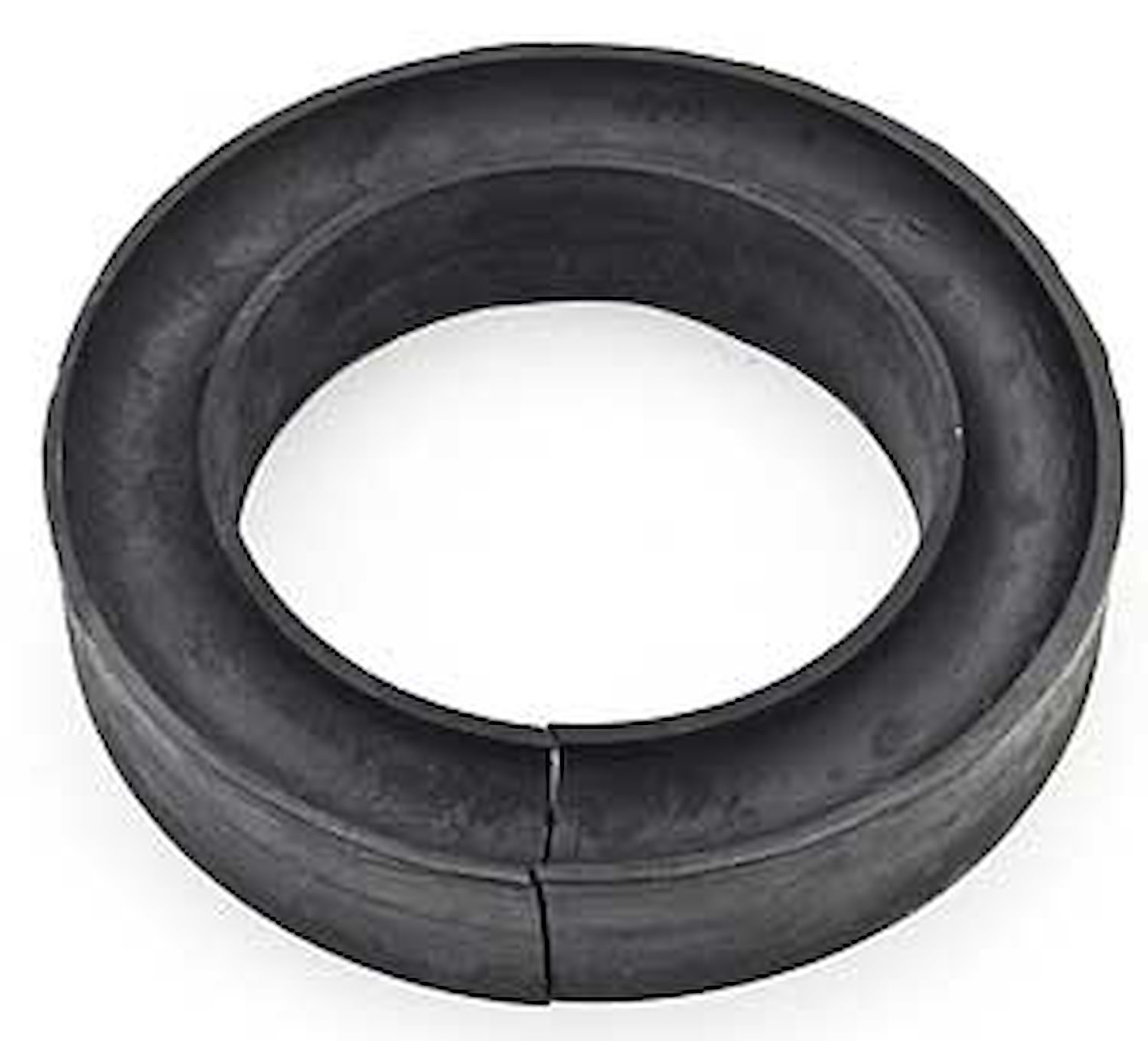Ok. That makes sense. So what kind of strut or spring/strut combo would be recommended to better handle rough road conditions while retaining a fairly sporty ride? I'm hesitant to try any of the coil over kits because I don't want to make the ride stiffer.
Sorry for the late reply, I don't think I got a forum email or maybe it went to my spam box.
Here's a prescriptive method for improving ride quality. It's not just one thing, you have to think of everything as acting like a spring until it reaches you. When you hit a bump, EVERYTHING flexes. The tire, chassis, seat, your body, etc. However, most NVH that is perceived from a bump involves the rocking motion of the chassis because the tires hit at different rates. That being said, a stiff front is perceived less than the stiff rear when you involve harshness due to it's effects on passenger movement. NVH is hands down the biggest problem that OEM engineers face and let me tell you ... I get invited to about 50 different NVH gatherings a year. It never ends, LOL.
Here's what improves ride quality. You can take this and apply it towards your choices out there.
1. Taller sidewall tires. The Fiesta has really skinny sidewalls to allow Ford to install big wheels for aesthetics in a boring Fiesta wheel well along with the bigger brakes. Going up in sidewall allows the tire to flex more which dampens the hit and how much is pushed into the suspension over time. The tire acts like a spring when you run over things. A taller tire will also carry a higher load rating which means the car will generally handle at a higher G limit. The trade off is response, but the tire's attitude at limited slip angles is also greatly improved, so there's less sudden give at the limit.
2. Reduce unsprung weight. If you've ever driven a truck or a car with a live axle you'll notice that they are rough over bumps when the axle tramps up and down. This is because you've energized that mass and it's gotta be dampened. That vibration is pushed into the driver through the chassis. It also reduces stability over bumps and reduces tire to ground control. You can reduce wheel weight, tire weight, or brake component weight. The control arms and other items are only partially unsprung since their weight is spread between a sprung component (the chassis) and the outer spindle / hub.
3. Maximize shock stroke length. The longer the shock has to travel the less dampening force is required to slow the mass. This improves ride quality quite a bit but can cost in response if the dampening is too soft or you greatly increase stroke length. This is a major problem when you lower a car, especially a MacStrut as it greatly reduces the shock stroke at a ratio equal to the motion ratio. Aftermarket shocks take this into account and try to maximize stroke length by various methods. However, lowering the car by more than half to one inch can and will generally force the shock to have greatly enhanced dampening which makes for a rougher ride.
4. Spring rates. You want them to be increased at a nominal rate. Too many coilovers out there just JACK the spring rates because they know people are going to dump the car and perceive a tight suspension as a well handling car. If you are increasing spring rates by 100+% you need to be doing it for a very specific reason else you are likely going to have a covered wagon. If you are on street tires at a normal ride height you should only be increasing the spring rates by a moderate amount. There is a sweet spot for handling:comfort balance but it can be application specific.
5. Valving. My STI's Ohlins feature a dual flow valve that lets ultra-high speed pressure to be blown off and allow rapid movement of the shock. This lets the shock eat the hit and not force the tire to skid; within reason. You can't run over a speed bump at 40 MPH, LOL. The internal structure of shocks is very important as are the shim stacks and overall valving rates. Try to get shock dyno results of various shocks on the market. You are looking for the moderate to high speed regions of shaft speeds. Greater force equates to a harder ride.
Bilstein, Ohlins, and Koni tend to have good road manners. In fact, you'll often find Bilsteins and Konis on OEMs for this reason. Aftermarket companies like BC and others well ... your mileage may very. They CAN ride well, just have to work around it sometimes.


